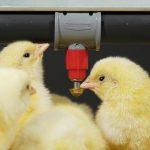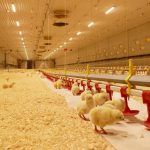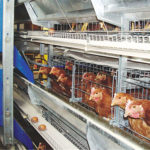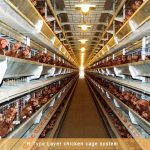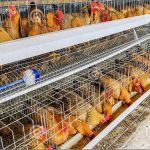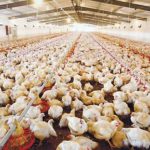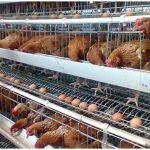The laying hens are easy to manage, the egg noodles are clean, the feed is high, and the number of chickens per unit area is high, which reduces the cuddling of the chickens. The investment cost is lower than that of the flat houses, the egg weight is also good, and the inferior chickens are easily eliminated. However, manure treatment is relatively difficult and there are many flies. The egg production and the mortality during the laying period are lower than the flat raise. The blood spot rate and the flat investment cost of the egg are higher than the flat and easy to fracture.
1. Guarantee a reasonable density.
The size of the laying area of each laying hen usingchicken battery cagesis an important condition for ensuring egg production rate, survival rate, egg weight and egg quality. Reasonable density should vary from breed to breed. The standard is: small chickens should occupy 227 square centimeters per chicken, light chickens should be 419 square centimeters, and medium chickens should be 516 square centimeters.
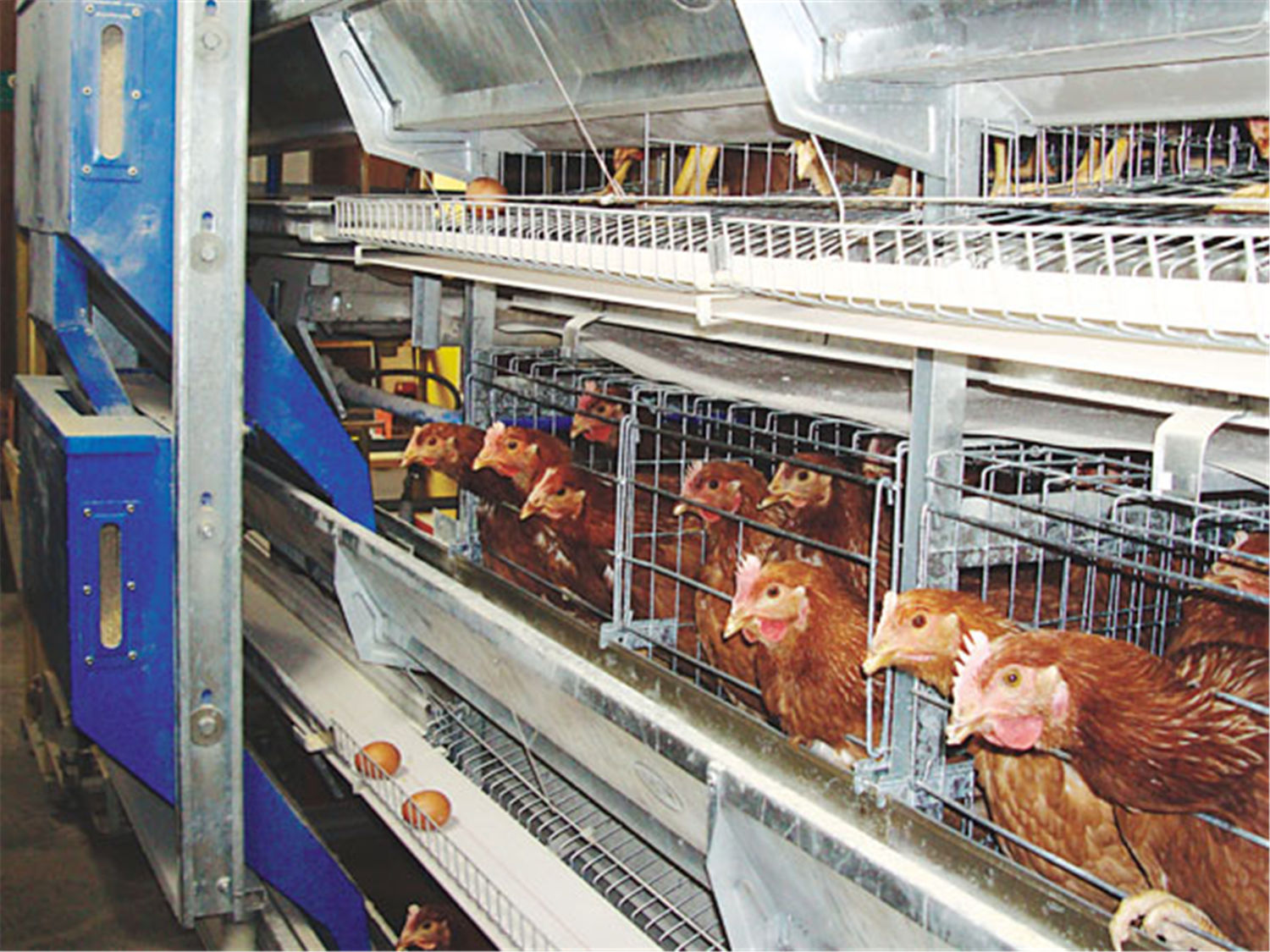
2. Properly control the amount of drinking water.
The amount of drinking water in caged laying hens is generally higher than the actual demand, which often leads to an increase in the moisture content of the feces and an increase in the ammonia concentration in the house. The water control method can take intermittent water supply and control the drinking time. Many tests have shown that the water supply is 4 times a day, and the water supply is 15 minutes each time, and the production effect is better. However, water control must not be implemented before the peak of laying eggs and when the climate is hot.
3. Pay attention to cooling when you are in the heat.
The heat-resistance of caged laying hens is generally inferior to that of laying hens, so the high temperature in the environment will increase the mortality of caged laying hens. In addition to taking cooling measures, and pay attention to ensure adequate supply of cool drinking water.



